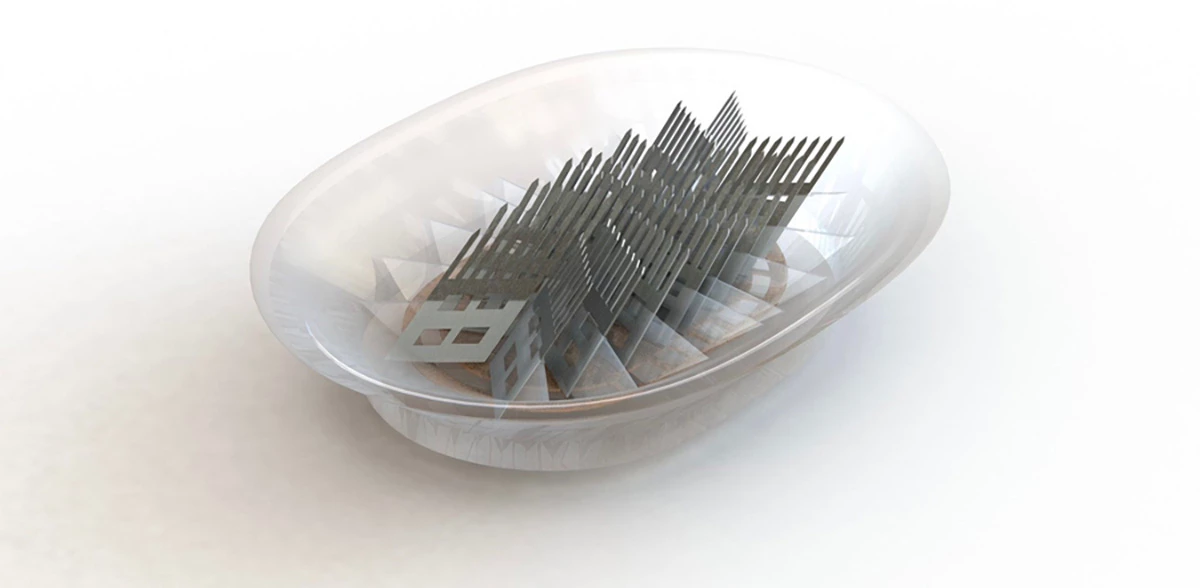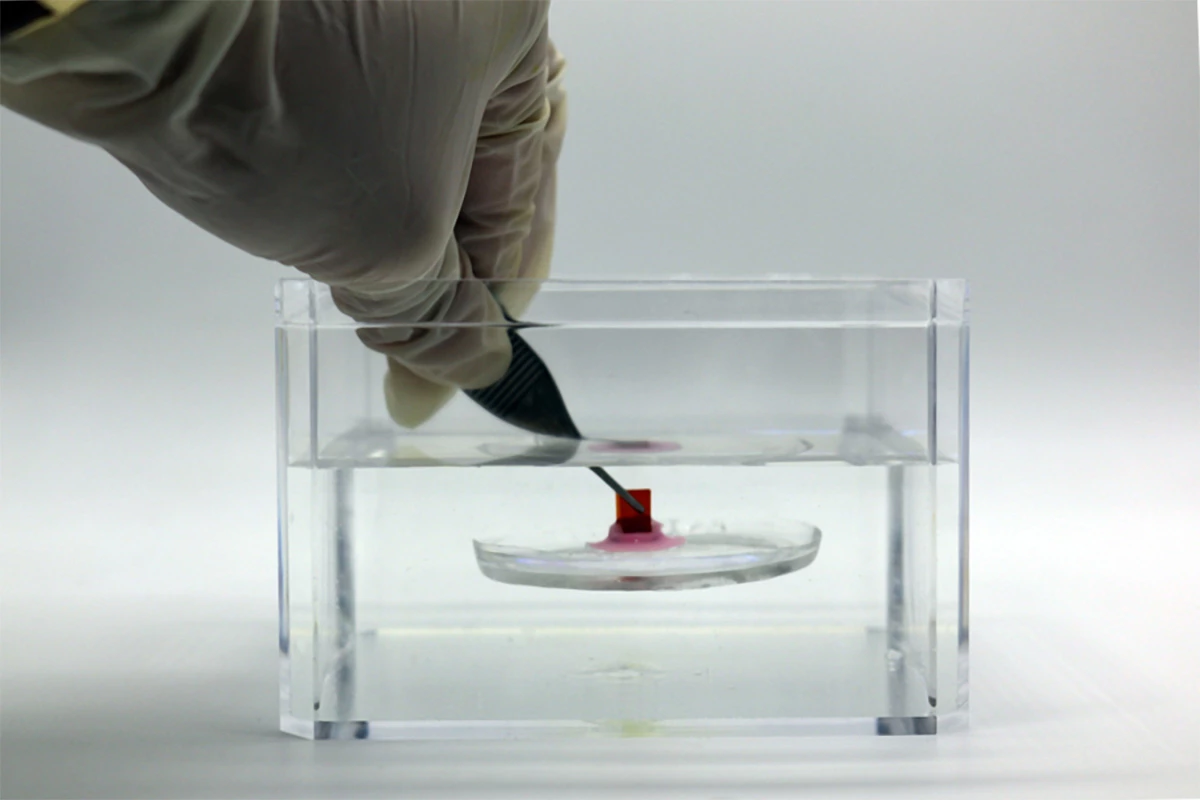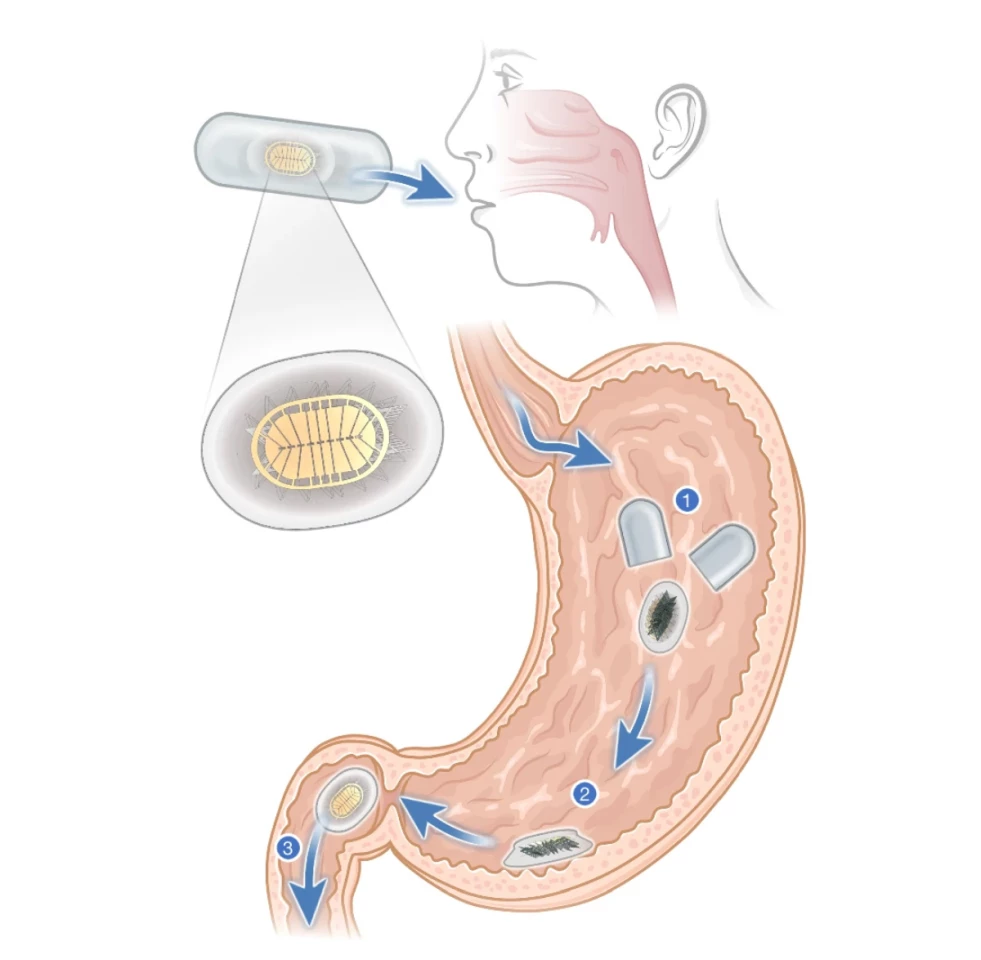There's a type of ocean fish called the Remora that has an oval slatted disc on the top of its head which it uses like a suction cup to stick to sharks and other larger marine creatures.
This curious family of fish develops mutualistic arrangements with host animals in order to stay safe in treacherous waters, while also keeping ectoparasites at bay.
But it's that suction cup-like organ that's inspired Massachusetts Institute of Technology (MIT) researchers to create a capsule-sized platform that can stick to a wide range of surfaces when submerged in water or even acidic conditions.
That means it can be fitted to oral medications meant for long-term drug delivery in your digestive tract, and even to aquatic robots for underwater research.
This bioinspired device, dubbed MUSAS (short for Mechanical Underwater Soft Adhesion System) doesn't use any power or batteries. It consists of a stainless steel 'backbone' that supports silicone rubber and temperature-responsive smart materials shaped into rows of little angled plates called lamellae – similar to the arrangement of tissue on the remora's plunger-like disc.

MUSAS' lamellae include microneedle-like structures made from a temperature-responsive smart material, similar to spinules on a remora. When exposed to body temperatures, these needles interlock with each other and grasp onto the tissue surface that the platform is in contact with. Like the sharksucker fish, the MUSAS has a suction cup structure, a lamellae arrangement that creates more compartments for stronger pressure-based suction, as well as the aforementioned microneedles. These enable the device to strongly adhere to soft surfaces in aquatic or liquid environments.
To test MUSAS, the researchers fitted it with a temperature sensor and then attached the device to a fish. It stayed on even as the fish swam through water in a tank at high speeds – proving this could be used for aquatic research.

They also fit MUSAS on a compact impedance sensor and tested adhering to the esophagus of pigs, so they could monitor gastric fluid reflux. The team's success with this experiment means this system could be an effective alternative to how GERD – a common chronic digestive condition – is currently monitored with the use of a tube that goes through your nose or mouth before being pinned to your esophagus.

MUSAS also proved effective in delivering therapeutics over long periods of time – we're talking about a week – by having the drugs integrated into its materials and diffusing out into the body gradually. The researchers tested a HIV drug, as well as RNA. This could address the challenges around taking regular doses of medicine for better outcomes.
The team, whose paper on MUSAS appeared in Nature this week, will explore how the device can help deliver other drugs and vaccines, as well as delivering zaps of electricity to stimulate appetite by activating specific hormones in the body.
Source: MIT News





